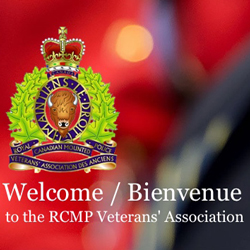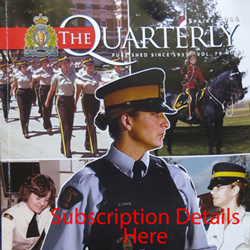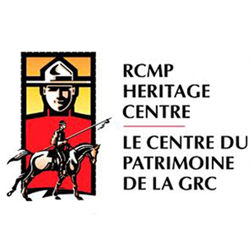Fairmont Barracks
Over the years, there have been many enquires about the origin of Fairmont Barracks, located at 33rd and Heather in Vancouver. Here is a brief outline of the history of this famous landmark.
Fairmont was built in 1912 to serve as a private boy’s school. The Federal Government purchased it in 1918 to use as a military hospital. The Royal Canadian Mounted Police took over the property in 1920 for “E” Division Headquarters. The building was renovated into barracks to accommodate approximately 150 men. Four large barns were erected to stable over 100 horses.
Fairmont was used for operational purposes enforcing Federal Statutes. One of the most memorable occasions occurred when mounted units were required to deal with labour unrest.
The horses were relocated in 1937, but the stables remained and were used for general storage for at least 20 years.
The B.C. Provincial Police began in 1858. By 1950, it had 520 members enforcing criminal, provincial, and municipal laws. On August 15th, 1950, the BCPP was dissolved and 492 of their members immediately became members of the RCMP. Many attended six-week indoctrination courses at Fairmont, while others took more extensive training at “Depot” Division.
Fairmont was further renovated in the early 1950’s, and became Fairmont Training Sub/Division under the command of Insp. E.H. Stevenson. The mission was to teach RCMP Rules, Regulations, and operating procedures to former B.C. Provincial Police officers. Three-month long Part One Recruit Training courses were also carried out. Approximately 25 Indoctrination Courses and Recruit Troops received training prior to closing in 1954.
S/Sgt. Art Cookson was the Senior Training NCO. Sergeant Major R.R.R.J. Holmes was in charge of discipline and was later succeeded by S/M Charlie Thornton. S/Sgt. Griffiths was the Senior Drill Instructor. Cpl. Cam Forbes instructed Drill and Small Arms. Sgt. G.M. “Hap” Glanville was in charge of Physical Training, Boxing, and Police Holds. Academic Instructors were Sgt. Jack Fossum, Sgt. E.C.R. “Caroll” Woods, and Cpl. Jack Slattery. Sgt. Joe Downey taught typing and report writing until discharged in 1952 and was replaced by Cst. Dan Lemieux. Lemieux also became the swimming instructor for recruit training courses. The YMCA pool in Vancouver was used for training.
The first floor was used for lecture halls and offices. There was an Officer’s Mess in the northeast wing and NCO’s mess in the southeast corner. “E” Division had a small radio room near the south exit on the main floor. Large barrack rooms, washrooms and two small bedrooms were on the second floor. The Drug Squad occupied the third floor.
Miss Irene Mayrs was the dietician in charge of the Division Mess. She served in “Depot,” “K,” “O” and “A” Divisions before coming to Fairmont. Sgt. Ferguson ran the Orderly Room and Cst. Ray Brooke was his assistant. Four female civilian employees assisted with administrative duties.
The Post Garage was located just south of the main building. Sgt. Tom Fiander was in charge and his assistant was Cpl. Ernie Cave. There was a small room used for boxing and police holds on the north end of the Post Garage. The basement was used for vehicle and other storage.
When Fairmont Training Sub/Division closed in 1954, members of the instructional staff were given options as to where they wished to be posted. Other operational units moved into the building. The interior of the building has been renovated many times to suit the needs of the time.
For a number of years, refresher courses for “E” Division trained at the Canadian Forces Base in Esquimalt. In the late 1970’s, these courses began training at Fairmont Training Academy and continued to do so until December 4th, 2001. On that date, all training for “E” Division was transferred to the Pacific Region Training Centre located at the old Canadian Forces Base, Chilliwack, B.C.
Fairmont currently provides office space for a number of units. It will continue to do so until new headquarters are constructed in Surrey. RCMP veterans are trying to encourage the government to convert it into accommodation for retired members of the Force.
Thousands of members lived, worked, or trained in Fairmont Barracks since 1920. The wonderful old building has seen many changes to the interior and landscaping, but the exterior remains as it did in 1912. This heritage building is rich in history and character and is an important link to the fine traditions and lineage of the Royal Canadian Mounted Police.
Many official ceremonies were held in front of the Fairmount Barracks.
When the new Canadian flag was adopted in 1965 – the flag was first flown in “E” Division at a ceremony infront of the Fairmont Barracks.
The fate of the Fairmount Barracks is uncertain after the “E” Division Headquarters moves to Surrey, B.C. in 2013.


 May 9, 2012
May 9, 2012 















